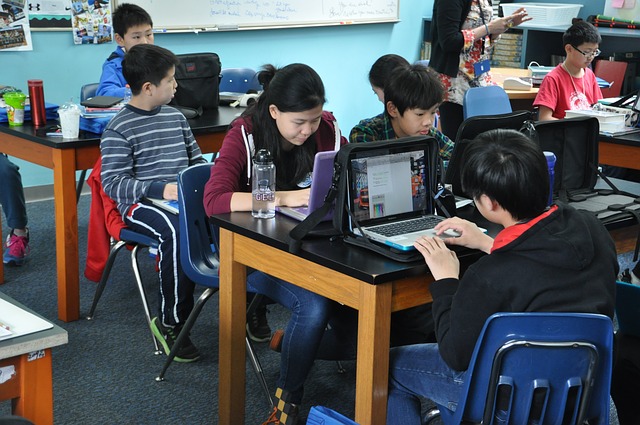Readings this week focused on models for incorporating technology into the classroom. The TPACK model refers to technological (knowledge), pedagogical (knowledge), and content knowledge. “At the heart of good teaching with technology are three core components: content, pedagogy, and technology, plus the relationships among and between them” (Koehler & Mishra, 2009). The SAMR model divides technology integration into four levels – substitution (the technology provides a substitute without functional change and therefore only enhances learning), augmentation (the technology includes functional improvements and therefore enhances learning), modification (the technology allows the learning activity to be redesigned and therefore transforms learning), and redefinition (the technology transforms learning because it allows for the creation of tasks that could not have been done without the use of the technology).
In my opinion, both TPACK and SAMR have equal importance as you need to have sound pedagogical knowledge as well as excellent subject knowledge and technical knowledge in order to develop or choose a good experience for your students. Even the SAMR model recognizes that successful exercises must be personalized to the device of the student’s choice so there are no technical issues, they must be situated in the experience and used as assessment, and must have connection to a community of learners while managing individual workload and choice (Romrell, Kidder, & Wood, 2014). If the experience with technology is not at least augmenting the student’s experience, why use it? The rigid boundaries of the SAMR model need some TPACK interpretation. “A teacher’s choice to substitute one tool for another (i.e., the lowest level in the SAMR model) may be the most appropriate choice given the targeted motivational and learning outcomes, the design of the learning environment, and/or the students in the classroom. In this instance, the teacher’s decision reflects the dynamic and fluid nature of teaching and learning” (Hamilton, Rosenberg, Akcaoglu, 2016). If you read my last post, you will understand my reasoning as the use of a Living Book, which is just substitution, really augmented my daughter’s learning. Also, focusing only on the product and not the process as a student learns is important, and this is part of the TPACK model and not the SAMR model.
In planning for my project, I know I have the content and pedagogical knowledge in place. I am now trying to increase my technological knowledge so that I can ensure my project gives the targeted student population the opportunity to augment their knowledge. Although I will be using the SAMR model, I will temper it through my pedagogical and content knowledge. Hopefully, I can find methods that modify or even redefine the learning so students can learn successfully.
Readings:
Koehler, M. & Mishra, P. (2009). What is Technological Pedagogical Content Knowledge (TPACK)?. Contemporary Issues in Technology and Teacher Education, 9(1), 60-70. Waynesville, NC USA: Society for Information Technology & Teacher Education. https://www.learntechlib.org/primary/p/29544/.
Romrell, D., Kidder, L.C., Wood, E. (2014).The SAMR model as a framework for evaluating mLearning. Online Learning Journal, 18(2).https://files.eric.ed.gov/fulltext/EJ1036281.pdf
Hamilton, E.R., Rosenberg, J.M. & Akcaoglu, M. (2016). The Substitution Augmentation Modification Redefinition (SAMR) Model: a Critical Review and Suggestions for its Use. TechTrends 60(5), 433-441. https://doi.org/10.1007/s11528-016-0091-y

Redefining the learning is tricky to understand. Does it mean the students using the technology will learn something different than the original lesson without the technology? Could it mean that the students will learn the use of the technology and then learn the intended lesson using the new skills that the technology has demanded? Perhaps the overriding element that drives all use of technology in our classrooms is our own contexts (social, pedagogical, experiential), an element that is not directly embedded in either of these models.
Agreed!!!!!